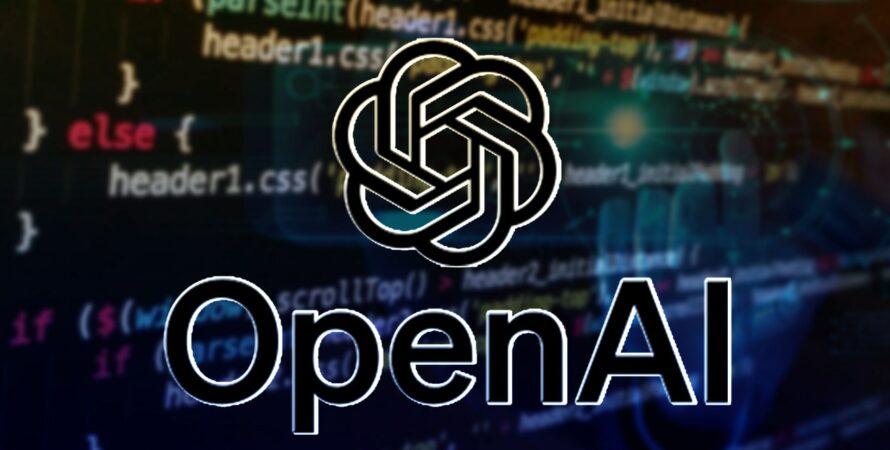- OpenAI is at the leading edge of AI innovation.
- The OpenAI Code Interpreter is the latest groundbreaking offering.
- It is creating a mix and shooting interest within the tech international.
The OpenAI Code Interpreter is an effective language model designed to help developers and programmers write code more efficiently. It is a part of OpenAI’s GPT-three. Five structure, which builds upon the achievement of GPT-three by focusing on exact domains, including code technology. This version is based on a considerable dataset of code snippets and programming-associated content, permitting it to capture and generate code in more than one programming language.
How Does It Work?
The magic in the back of the OpenAI Code Interpreter lies in its ability to capture herbal language input and convert it into functional code. Here’s a step-by-step breakdown of how it really works:
1. Natural Language Input: Users enter their coding queries in clear English. For instance, a user might request to create a Python characteristic that calculates the Fibonacci collection.
2. Context Understanding: The Code Interpreter’s underlying version, GPT-3.5, tactics the input and generates a context for knowledge of the project. It identifies the programming language (Python in this case) and the unique mission (calculating the Fibonacci series).
3. Code Generation: Using its knowledge of programming languages, the Code Interpreter generates code that fulfills the requested challenge. In our example, it might produce a Python feature that calculates the Fibonacci sequence.
4. Output: The generated code is supplied to the person, who can then evaluate, regulate, or put into force its projects.
Key Features of the OpenAI Code Interpreter
- Multilingual Support: The Code Interpreter helps with more than one programming language, along with Python, JavaScript, Java, C, and more. This versatility makes it accessible to an extensive range of builders.
- Natural Language Input: Users can speak with the Code Interpreter in simple English, getting rid of the need for technical language or unique coding syntax.
- Code Suggestions: Beyond code generation, the Code Interpreter can offer code pointers and fixes, enhancing the coding experience and supporting developers to write more efficient and error-free code.
- Code Completion: It can assist in finishing code snippets, making the coding technique faster and more efficient.
- Learning and Adaptation: Like other AI models, the Code Interpreter learns and adapts to the queries and interactions it gets. As more builders use this method, they become even more gifted at understanding and generating code.
Use Cases
The OpenAI Code Interpreter has a huge variety of packages throughout the tech industry:
- Programming Assistance: Developers can use it as a coding companion to speed up their development process, debug code, or explore new programming languages.
- Code Documentation: It can support automatically producing code documentation and remarks, supporting builders in holding clean and nicely documented codebases.
- Teaching Tool: Educators can use it to educate programming concepts, offer code examples, and support students in gaining knowledge of diverse programming languages.
- Prototyping: It is a precious device for quickly prototyping thoughts and testing code capability without the need for vast guide coding.
- Code Review: It can be a useful resource in code review tactics by way of suggesting enhancements, identifying bugs, and ensuring the code is excellent.
Challenges and Limitations
While the OpenAI Code Interpreter represents a significant jump in AI-powered coding assistance, it is no longer without its challenges and boundaries:
- Code Quality: The generated code might not constantly meet the very best standards of performance or optimization, requiring manual refinement.
- Context Understanding: While the model is proficient, it can misread ambiguous or complex queries.
- Security: There are concerns about the use of AI-generated code in safety-sensitive packages, as it could contain vulnerabilities.
- Dependency Management: The model may not handle complicated dependency control or integration responsibilities.
Conclusion
The OpenAI Code Interpreter is a terrific tool that bridges the gap between herbal language communication and coding. Its potential to recognize and generate code in a couple of programming languages holds huge promise for builders, educators, and tech fanatics. As it keeps evolving and adapting, we expect it to become an increasingly precious asset in the world of software program development, simplifying coding duties and increasing the horizons of what is possible inside the realm of AI-assisted programming.




